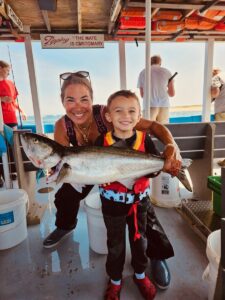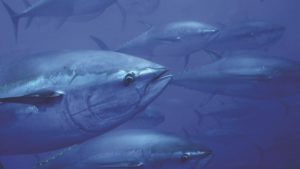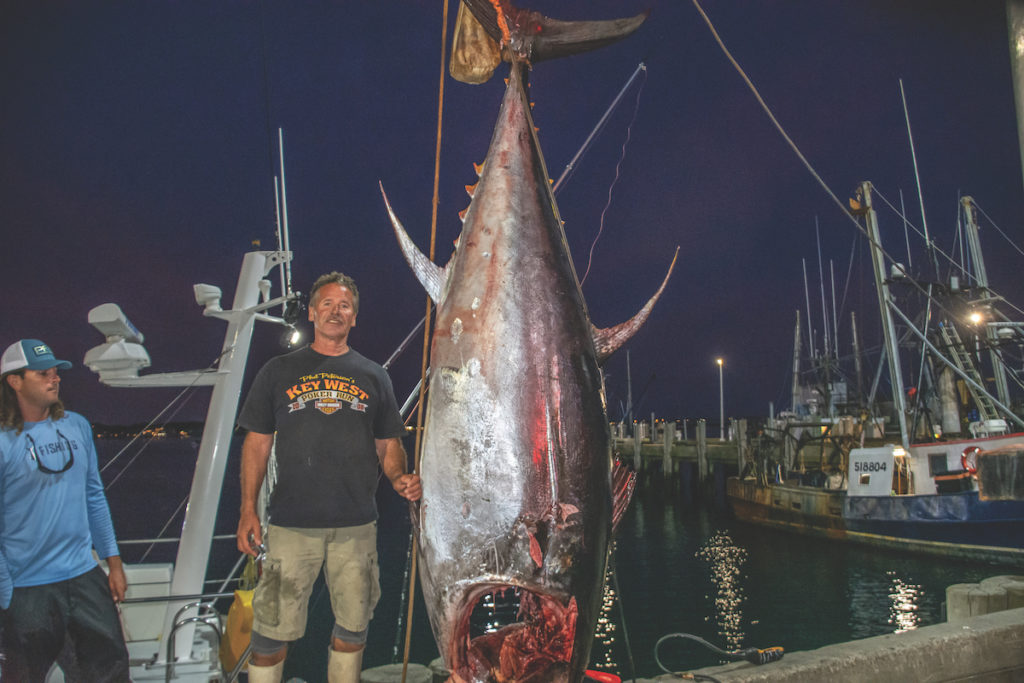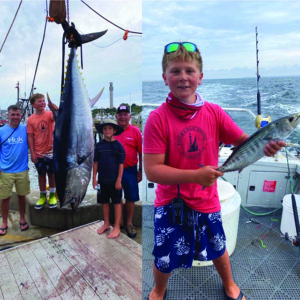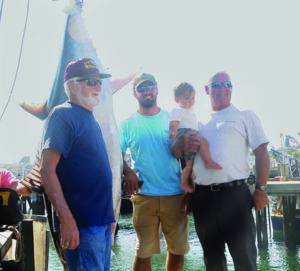Our spring weather remains very much like it was in early March, with ocean water temperatures still stuck in the low 40s. For that reason, the striped bass migration is pretty much in a holding pattern, with the fish staying south of us off the Jersey coast and the far western end of Long Island Sound. Nothing will percolate here until we see an extended period of warmer weather.
National Marine Fisheries has instituted new regulations regarding the harvesting of both false albacore and bonito — fish I haven’t had the occasion to write about much here. But with climate change and warming oceans, we have been seeing more and more of them come in late summer and stay through early fall. Bonito have been around in season in Outer Cape waters, while false albacore have been more prevalent on the Cape’s south shore, in the canal, and around the islands.
Both of these are sought-after game fish. Recreational fishermen like them because they put up a good fight and, once you find them, they’re plentiful. False albacore, in particular, have been increasingly targeted by charter boats up-Cape because of the absence of bluefish and of striped bass, too, at times, during the fall months.

Bonito (Sarda sarda) are good eating, if handled correctly: they need to be bled out immediately and buried in ice. They are in the Scombridae family, which also includes tuna, and have a similar texture and taste. False albacore (Euthynnus alletteratus), on the other hand, though also members of the Scombridae family, have very dark, bloody meat with a strong flavor and really aren’t appealing at all to most people. These are not the same albacore you purchase in cans and pouches at the grocery store.
These fish fight hard and are fun to catch and release. The new regulations, which apply to both, are a five-fish bag limit and a 16-inch minimum size limit. The size limit won’t be hard to get with false albacore but could be a challenge when catching bonito, as they tend to run smaller around here.
There is some weird news in the tuna world to follow on my bluefin update of last week. It’s about an interesting and bizarre phenomenon going on right now on the Outer Banks of North Carolina, and I think it’s one that could easily happen here this summer: fishermen are catching rather large bluefin tuna in the surf and off the local fishing pier. Three fish well over a hundred pounds have been landed so far, and many more have been lost in the fight.
For reasons that may have to do with water temperatures driving prey closer to shore, the bluefin, which are now migrating north, are coming up very tight to the coastline.
For surf casters and pier fishermen, as you can imagine, this seems like a once-in-a-lifetime opportunity. But, of course, it is actually illegal to catch bluefin this way.
NOAA has been quick to respond. A NOAA law enforcement officer came to Jennette’s Pier in Nags Head and put up signs warning anglers that it is illegal to land a bluefin tuna without the appropriate Highly Migratory Species Permit and that it’s illegal to harvest a bluefin tuna from land under any circumstances, even with the permit. The first offense is a $2,000 fine. The NOAA officer also advised Jennette’s Pier management to take down social media posts and signs advertising the bluefin bite and to inform all anglers about the federal law.
If you read what I wrote last week about the stress of the market glut on traditional tuna fishermen, you wonder if I think NOAA’s right on this. Not so much, because in this case we’re talking recreational-size fish. Big ones, but still, recreational size. And let’s face it, the possibility of catching a bluefin from the surf is something extraordinary. So, this is one case where I have to admit, their swift action is, well, there’s no other way to put this: a buzzkill.
